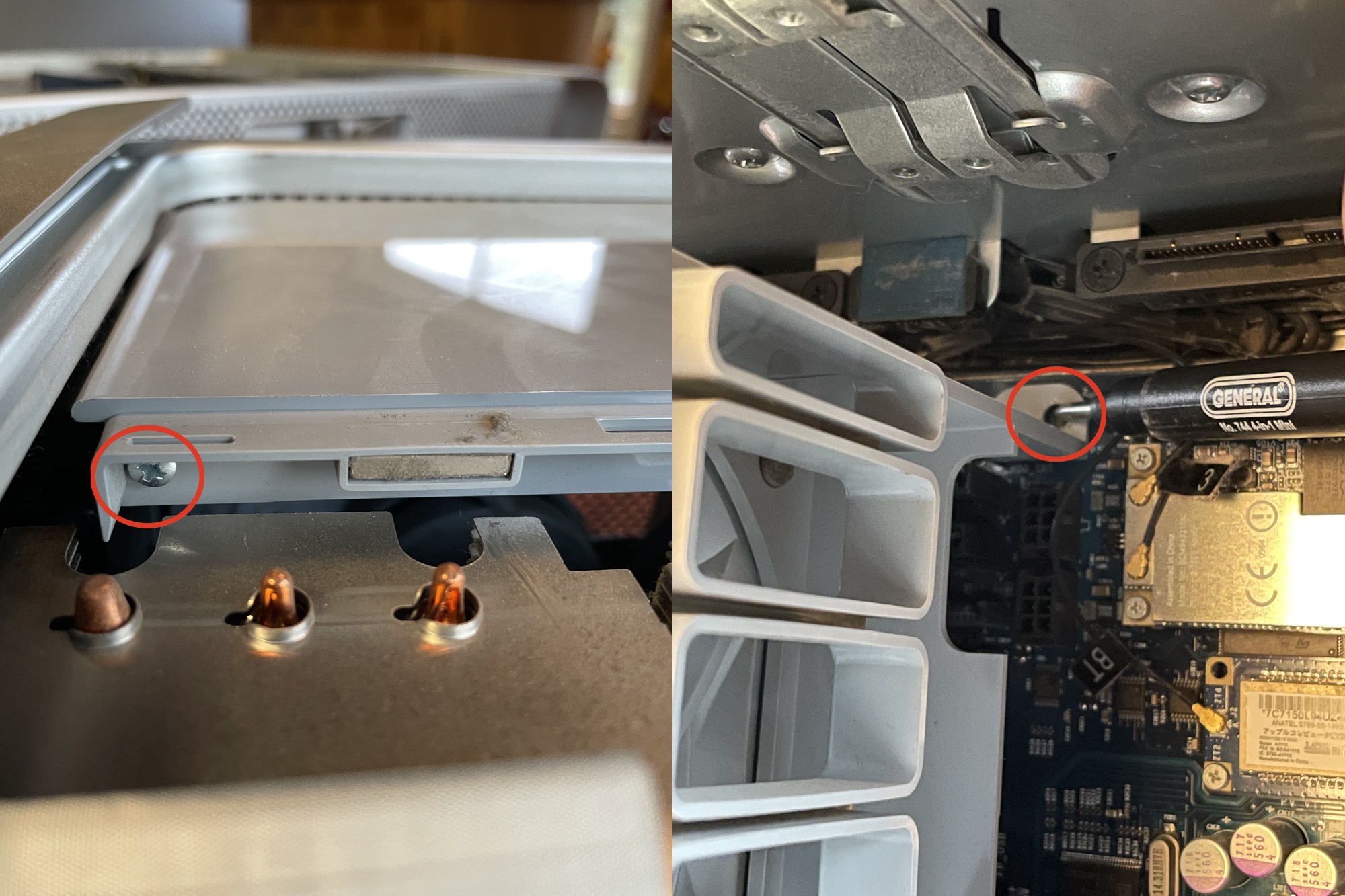
- #Mac pro 5.1 samsung evo pci install#
- #Mac pro 5.1 samsung evo pci full#
- #Mac pro 5.1 samsung evo pci download#
#Mac pro 5.1 samsung evo pci full#
The difference between 3.0 and 1.0 (both full 16x) is somwhere between 0-15% depending on the use case/game. My conclusion is, on a single full 16x PCIe slot, the difference between 3.0 and 2.0 is negligible, even with the newest cards. I have read thru countless of reviews about real world performance differences. PCIe 2.0 16x has 8 GiB/s, which is still massive!

That is more than the internal GDDR5X bandwith of a GTX 1080 Ti!! So for us NAS is a way to store all of our libraries, samples, production audio-cues and live performances, and for backups.PCIe 3.0 16x has a maximum theoretical bandwidth of 16 GiB/s.
#Mac pro 5.1 samsung evo pci download#
So, not particularly scientific, but provides an idea of the broad differences between storage mediums.įor info, in production, we normally pick out and download the samples from our NAS into locally stored templates (SEDNA storage), and work from there. Our first 2 attempts to load the samples hung VEP6 which required the parent task to be killed. This method of loading has also highlighted a random 'load hang' issue with VEP6, whereby loading can literally hang because the samples haven't loaded and VEP6 hasn't noticed. Initial loading of the VEP channel took about 6 minutes, but that could be because Time Machine had kicked off whilst we were loading up the channel. Would expect a slight increase in performance if the samples were stored on SSDs instead of HDDs and if we had a faster network connection of say 40Gb/sec. Where the NAS is a QNAP with WD RED Pro HDDs (RAID5) and 2.6TB SSD read/write cache (x4 SSDs in RAID0) and connected directly to the MacPro 5,1 via 20Gb/sec SFP+. Initial loading and config of the VEP channel took about 280 seconds.ģ) Same exercise, but loading the samples from our NAS took about 2 minutes. To load the samples takes around 21 seconds. We also tried in x16 lane, but the SEDNA card only has x4 lane support, so no difference in performance. Not a lot of difference from the Artemis card solution. Interestingly the load times for the above libraries is about 17 seconds. Initial loading and config of the channel took about 110 seconds.Ģ) With a SEDNA PCIe SATA card installed in a x4 lane with x4 Samsung M.2 SSD 1TB modules in RAID 0, we get around 960MB/sec Read and 700MB/sec Write. To load the above samples takes around 16 seconds. Its a pricey solution though (around £2100 for the PCIe card and x4 1TB SSD modules). We're seeing around 5GB/sec read/write times.
#Mac pro 5.1 samsung evo pci install#
Kontakt5 was set to use memory server, with automatic sample management, and multi-processor management was turned off.ġ) Fastest method we've found here, is to install a MacPro 5,1 with an Artemis PCIe card in x16 lane, and install x4 Samsung SM961 SSD NVME modules configured in RAID 0 using SoftRAID LITE software.

For each of the 3 storage solutions (see below), we've created 3 different channels, loading the samples from the 3 different sources each time. We've then started VEP6, created an empty VEP6 project and loaded the channel (with the above samples). So, we have preloaded a VEP6 channel with the above samples, save the channel, and then closed VEP6. Chris Hein Solo Strings (ContraBass, Cello, Viola, Violin). Spitfire Albion ONE Orchestra (Brass High / Low / Medium), Woods (High, Low), Strings.

A little experiment we did with a MacPro 5,1 (12 core x2 3.46GHz CPUs, 96GB RAM) over the weekend to compare speeds with 3 storage mediums, where we have loaded the following samples each time in to a VEP6 channel:


 0 kommentar(er)
0 kommentar(er)
